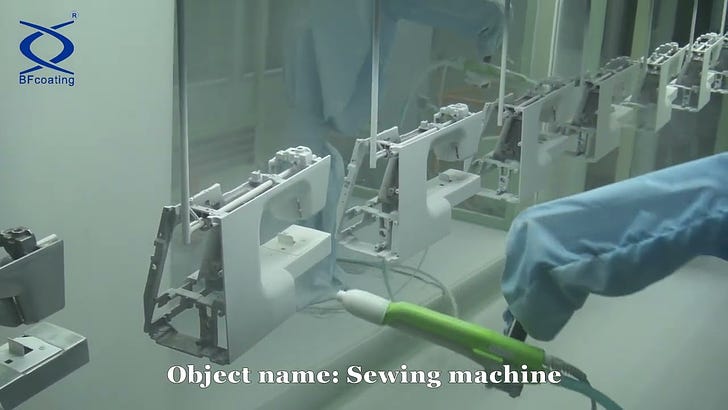Why It's Necessary to Raise Your Presser Foot Prior to Threading the Top Half of your Sewing Machine
When threading a sewing machine, a non-negotiable rule is that you must thread the machine with the presser foot in the raised position.


Why?
When the presser foot is in the raised position, the machine’s upper tension discs are open. When the presser foot is in the lowered position, the tension discs are closed.


We want to thread the machine while the tension discs are open because that is how our upper thread gets in between the tension discs. After we thread the machine and go to sew, we lower the presser foot onto the fabric. When we lower the presser foot, the tension discs close. With the thread securely in between closed tension discs, our thread is under tension, which is what we want.
If we thread the top half of the machine with the tension discs closed (presser foot lowered), it is difficult for the thread to slide between the tension discs. Instead, the thread will likely sit atop the closed tension discs and your upper thread will not have any tension while you sew— also known as a zero-tension condition. A zero-tension condition will result in small thread loops (commonly referred to as “eyelashes”) on the underside of the fabric.
With this information at hand, I invite you to re-read a previous article titled “The Pull Test.” If you ever get thread loops or eyelashes on the underside of your fabric, troubleshooting by using the pull test is the first step to help you get your upper thread under proper tension.
One Last Note. . . .
Once you get the top thread through the tension discs, feel free to lower the presser foot if you so choose. I know some people find it helpful to lower the presser foot to thread the needle (using the needle threader). It might not seem like much, but lowering the presser foot gives you a few more millimeters of space to work with, which is significant when dealing with small objects in tight space around the needle area.
Thank you for reading. I hope you found this information helpful.
-Cale










Thank you. I enjoy your thoughtful and informative essays very much!
An arrow in the pictures of the tension disks would have helped. I'm very familiar with the concept but couldn't tell the difference from the pictures.